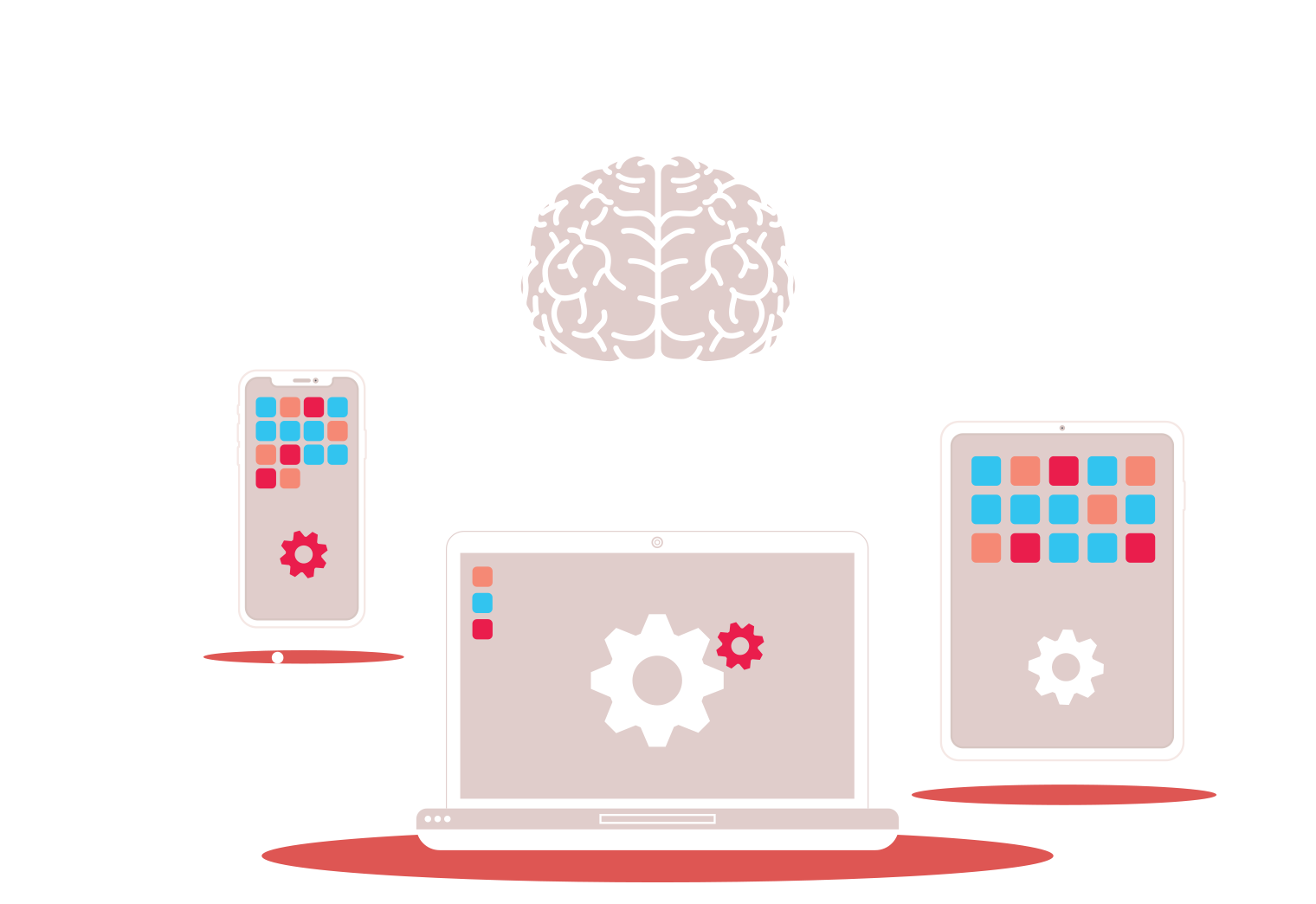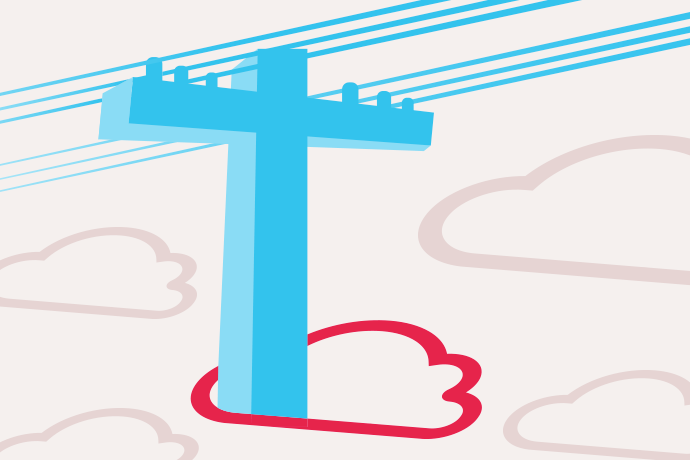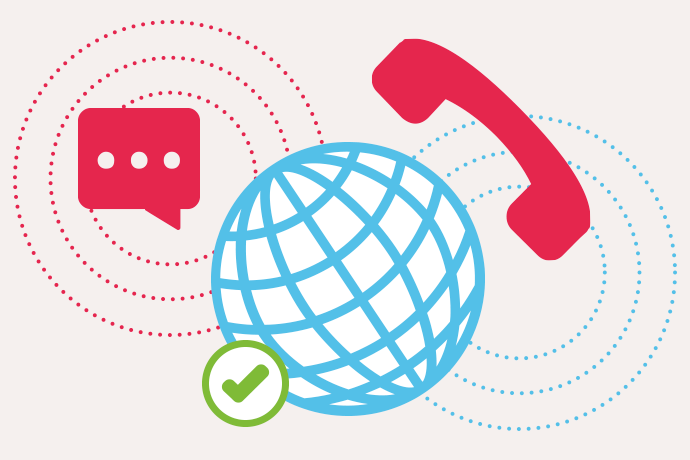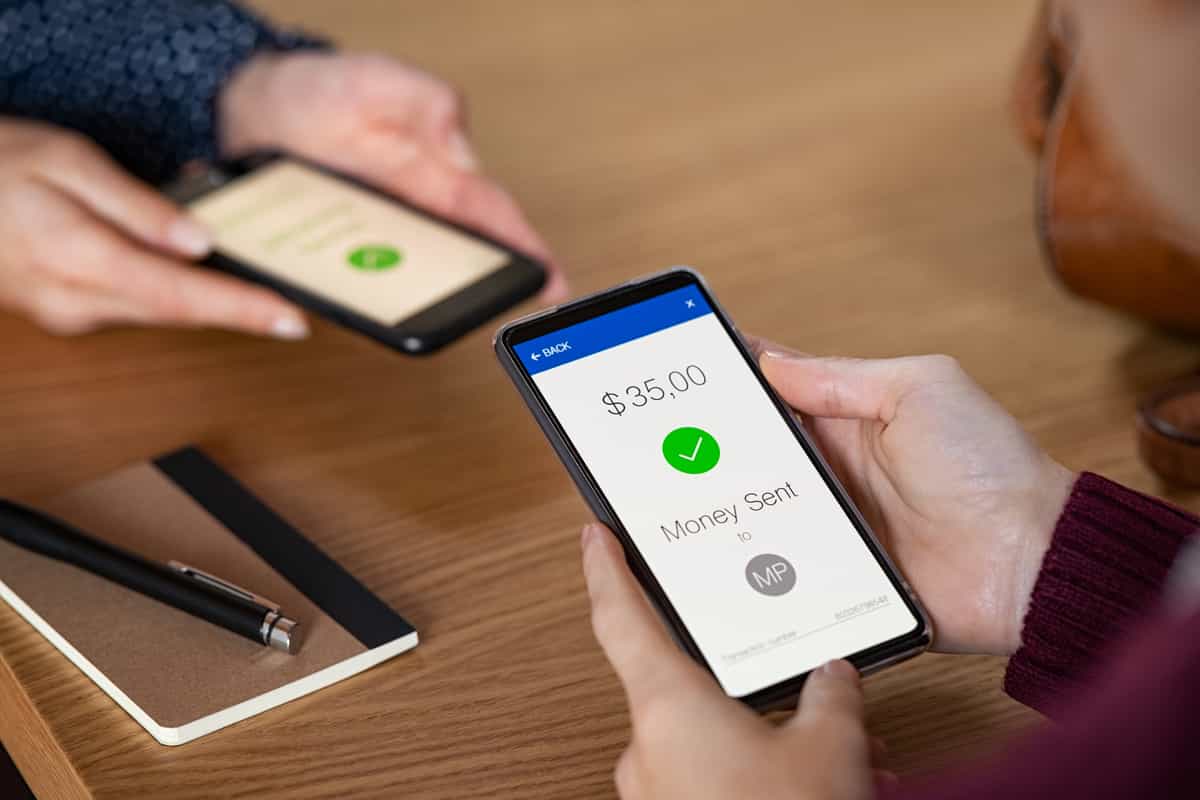Cart Total
$0.00
-
Your shopping cart is empty
Loading

Hello! Log in Your Account
New customer? Start here


|
5 min read
Contents
Quick Summary
Hosted PBX and hardware PBX, what is the difference and what are the advantages of the former?
Traditionally, a PBX (private branch exchange) was a physical cabinet that sat in your office building, into which every telephone in the building was hardwired. The role of the PBX was to route incoming and outgoing calls to and from these phones. You can think of the PBX as a network router for telephone calls, managing voice traffic as it comes into a building and then routing that traffic to the correct telephone.
A hosted PBX, by contrast, is 'hosted' by the provider in the cloud. Therefore, 'hosted PBX' really means 'cloud-hosted PBX'. Rather than in a physical cabinet, the function of the traditional PBX is taken care of by your VoIP provider’s platform on a cloud server. The platform takes care of the routing of all of your incoming and outgoing calls programmatically, bypassing the need for a physical, ‘analogue’ means of achieving the same end.
In case you weren’t aware, before telephone calls were routed via the internet and its infrastructure (thanks to the power of VoIP), they were routed via traditional copper telephone lines. If you’re not with a VoIP provider today, it’s quite likely that your calls still run through these same copper lines.
Today, it is strongly advised that you make the transition to newer VoIP technology. Soon, however, it will be imperative.
BT are phasing out traditional copper phone lines beginning January 2025 in what is being dubbed the BT Switch Off. Some countries, such as Germany, have already completed this transition, meaning the UK is actually behind the curve.
Consider the advances in technology over the last 20 years. The modern smartphone bears very little resemblance to traditional telephone handsets from 20 years ago, and yet these phones used the same infrastructure to make their calls as your current desk phone if you’re still using analogue phones. Now is definitely the time to switch to a provider of a hosted PBX service.
As mentioned above, cloud-hosted PBX solutions perform their function programmatically. By being fully digital, hosted PBX services can leverage the power of modern technology to its fullest potential.
By removing the physical hardware, you not only save on space but on every monthly bill.
Calling out a technician every time you need to add or modify an existing telephone line or perform some other form of maintenance on your PBX is costly and time-consuming.
With a hosted PBX, there is no need to perform maintenance checks on equipment, since this responsibility is passed onto the VoIP provider. Alterations to call routes or other functions can be performed programmatically. Since such a need is common, providers build the capability to make such changes right into the platform, meaning you have full control and transparency over your business phone system.
With the power of modern technology, your business phone system can really start to flourish. Call recording, powerful and modular call routing options, call conferencing and more are all available with Yay.com and other good VoIP providers should be able to offer the same.
Even these features, though, could arguably be made available with a traditional telephone system. So how about CRM integrations, outbound call statistics and one-press caller ID selection? How about fully-featured VoIP apps?
With VoIP, you can make the world your office by bringing your business phone with you wherever you go (brush up on your VoIP knowledge by reading our guide: What is VoIP?).
Download the Yay.com desktop app and conduct business calls from your hotel room or, if the WiFi extends that far, the beach!
Or perhaps work is your escape. Slingshot your business into the technological age by leveraging data on your outbound sales calls. Yay.com’s outbound wallboards and statistics reports empower supervisors and team members to track performance in relation to KPIs at-a-glance and to review these metrics at intervals dictated by you.
How much of that can be done with a hardware PBX?
In the past five or so years, a half-way house for those businesses not confident enough to transition to a fully VoIP phone system has been provided by a technology known as SIP trunking. This process is still sold to businesses today under the guise of being a ‘modern solution’.
However, this technology serves only as an adaptor for your hardware PBX, upgrading it with the power to route and receive calls via the internet. Aside from this basic functionality, SIP trunking does not have much to offer.
To reflect Yay.com’s lack of faith in this technology, we give you unlimited SIP trunks for free, so if you’re the slightest bit unsure, you can try this solution for free with us.
Considering that the aces on our team can get 500 of your staff fully operational on our platform in just one or two short hours, though, we’re confident that you’ll want to bypass the ‘SIP trunking step’ altogether and come straight on board with VoIP.
You can read more about our phone system features features, or you can get started on Yay.com now with a 14-day free VoIP trial.


Explore how Skype's end-of-life announcement presents an opportunity for small businesses to upgrade their Skype number to a VoIP phone system.
Posted March 10 2025 | 6 min

Everything you need to consider when moving offices, from hardware to call quality.
Posted January 16 2025 | 6 min

Corded headsets vs wireless headsets? Learn about the key considerations when purchasing a VoIP headset for your VoIP phone system and softphone apps.
Revised December 3 2024 | 9 min

VoIP is incredibly well suited to being the phone system for businesses of all sizes. Large businesses in particular can benefit from great scalability, bulk-deployment options and more.
Revised August 21 2024 | 8 min

Examining the differences between VoIP and PSTN communications solutions and VoIP benefits.
Posted July 16 2024 | 5 min

Get your business up to speed before the PSTN and ISDN switch off in 2027. Discover what digital VoIP technologies will mean for business landlines in the future.
Revised July 15 2024 | 6 min

With the upcoming switch from PSTN to VoIP, we look at what processes other countries have taken when they decided to migrate their own copper line networks.
Posted August 1 2023 | 6 min

VoIP apps or VoIP desk phones, which is better and why? We discuss how VoIP desk phones could be obsolete with the availability of greater and more powerful VoIP apps .
Revised November 2 2022 | 7 min

Cloud VoIP phone systems offer key advantages for businesses. Here are 13 of VoIP's key benefits that have helped to drive the adoption of business VoIP.
Revised May 10 2022 | 12 min

How cost-effective is VoIP? Is VoIP secure? How fast does my Internet need to be? We answer these questions and more.
Posted January 11 2022 | 5 min

VoIP won't work without the internet, but that doesn't mean you need a wired broadband connection. A supplemental mobile cellular data network (4G, 5G, LTE) can make VoIP calls possible even if broadband is unavailable.
Posted January 11 2022 | 5 min

Offer great customer service, but do so efficiently. Automate aspects of your phone system and provide self-service information to free staff resources.
Posted September 24 2021 | 4 min

Call recording is a feature of good VoIP phone systems that allows customers to record their business calls, then playback and download them.
Posted September 17 2021 | 6 min

Large corporations have requirements that surpass the capabilities of most phone systems. With Yay.com build your ideal business phone system effortlessly.
Revised August 25 2021 | 5 min

A good business phone system will help you run day-to-day operations more efficiently and effectively. Here are 5 ways yours can improve customer satisfaction.
Posted August 19 2021 | 4 min

Features like call parking and shortcodes can boost the efficiency of your business phone system, saving your teams time.
Posted August 18 2021 | 6 min

Learn what VoIP 'QoS' or Quality of Service is and why your business network needs it configured for the best VoIP experience.
Posted March 9 2021 | 3 min

With Yay.com's free VoIP trial you can try business VoIP for free for fourteen days - no credit card required. Enjoy all of our powerful business phone system features at no cost.
Posted December 3 2020 | 4 min

Business VoIP makes it possible to work from anywhere. We'll get you up and running for working from home, no matter whether you prefer VoIP desk phones or VoIP apps.
Posted November 12 2020 | 3 min